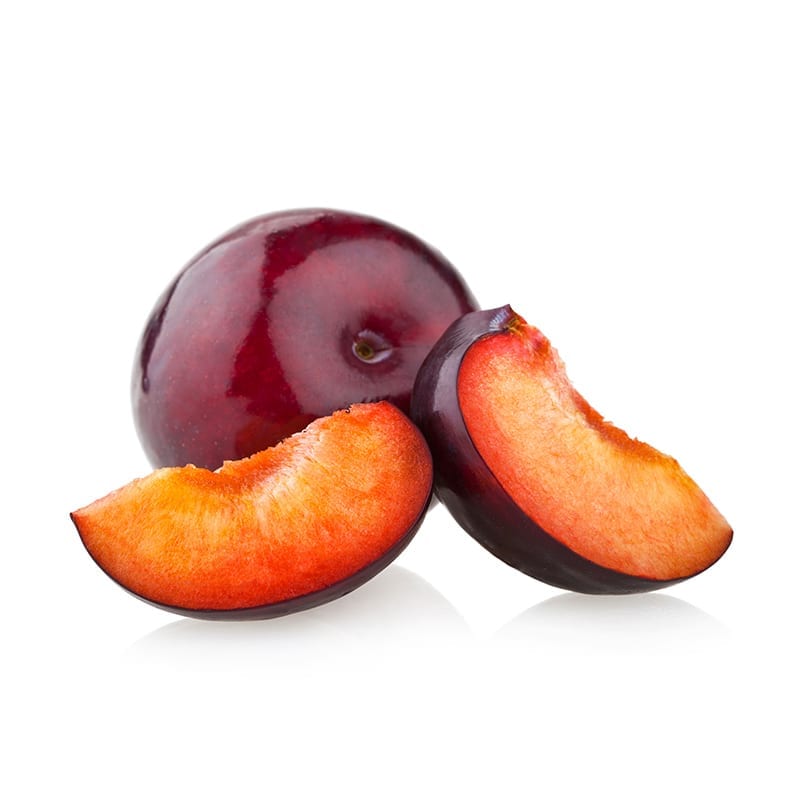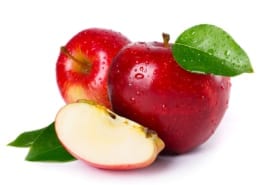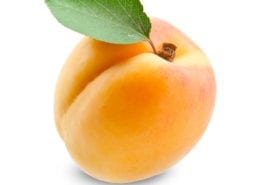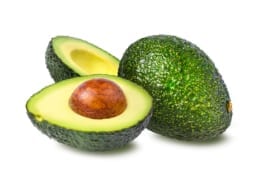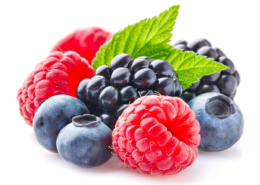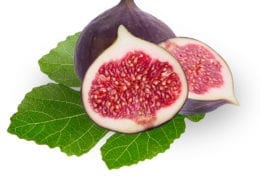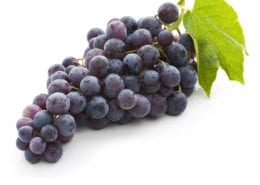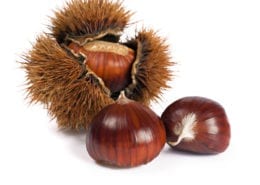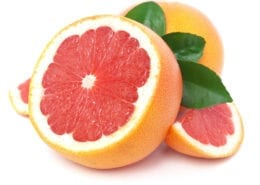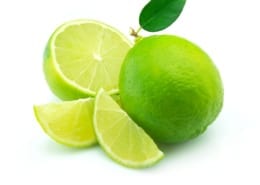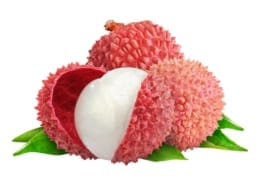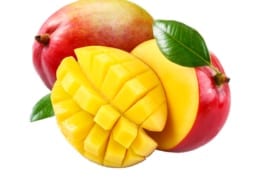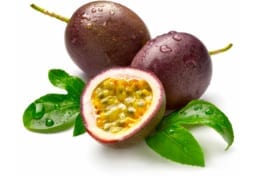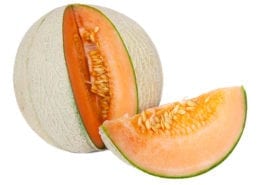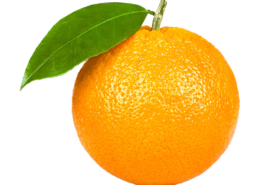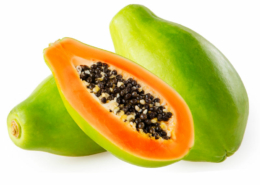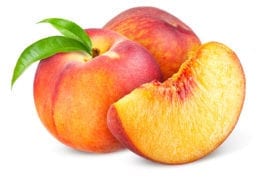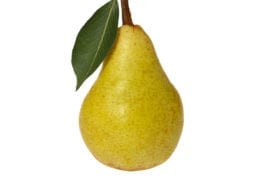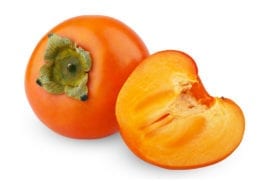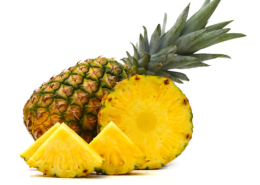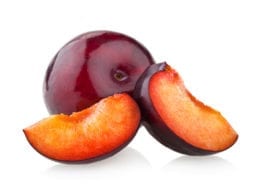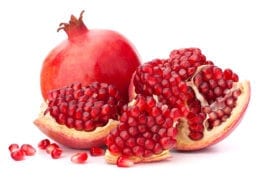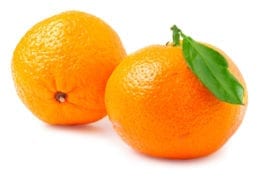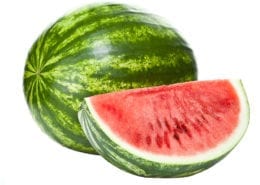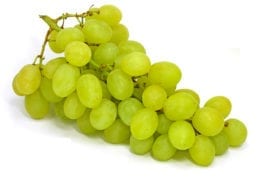Plums
The European plum or European plum (Prunus domestica L., 1753) is a plant of the Rosaceae family that produces the fruits known as plum or plum.
The oval or spherical fruits ripen from June to the end of September according to the variety and the harvest is carried out in several stages.
This fruit is harvested from June to October, with the possibility of obtaining up to five harvests. To establish the degree of maturation, the refractometric degree, the pulp resistance (measured with the penetrometer), the soluble solids / total acidity ratio and finally the variation of the background color of the peel are evaluated.
The first harvest is generally the best, up to then the last ones that present second quality fruits. Given the organoleptic nature of the pulp, keeping this fruit in the fridge is almost useless, as the pulp tends to darken.
The fruit contains vitamins A-B1-B2 and C and some mineral salts: potassium, phosphorus, calcium and magnesium. The plum pulp is useful for the liver to carry out the process of biliary secretion.
The plum tree has the typical umbrella or sapling shape, of medium size: from 3-4 up to 6-8 meters in height according to the variety.
Sometimes gnarled, it has usually white flowers that arise already in early spring.
The fruits can reach up to 8 cm in size and are usually sweet in taste, although some varieties are sour and need to be cooked with sugar to be edible. All varieties of Prunus fruits contain a seed of considerable size, which is not edible.
Variety
Plums
-
Afrodite
-
Amola
-
Angeleno
-
Anna Spath
-
Autumn Giant
-
Black Amber
-
Black Diamond
-
Black Star
-
Carmen
-
Crimson
-
Dente
-
Dofi Sandra
-
Felisio
-
Fortuna
-
Obinaja
-
October
-
Ozark
-
President
-
Regina Claudia
-
Samba
-
Sangria
-
Sangue di Drago
-
Satsuma
-
Sorriso
-
Stanley
-
Tc Sun
-
Valeri
Seasonality
Plums


